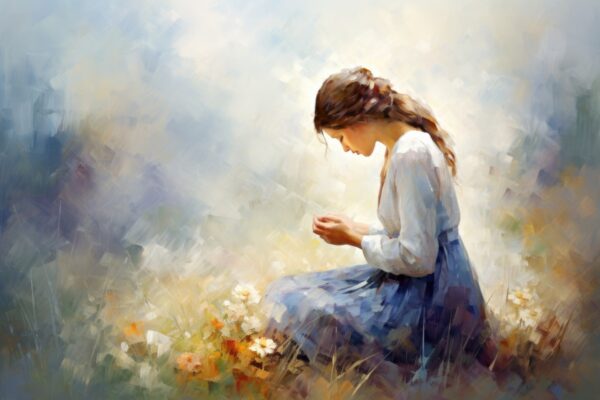There are few movements in today’s mainstream climate that I agree with or like, but one of the current trends I absolutely love is seeing more diversity in the display and portrayal of what it means to be beautiful as a woman.
Growing up, I was fed a lie, which I believed for many years, that I would be more beautiful if I was blonde and blue-eyed and even lighter skinned. But as a somewhat chubby little Mexican girl, the narrative and messaging told me I would never be beautiful. While this messaging started to change as I grew up, the lie had already become ingrained in my psyche.
After years of self-loathing and trauma from this messaging, even leading me to anorexia for a time, I was able to find healing. Now as an adult, I’m very happy to say I’ve never been more confident in who I am and what I look like. I genuinely love the body God gave me. If I had a button that would make me a willowy little blonde, I wouldn’t push it because there are many varieties of beautiful women, and I like the type I am: brown eyes, dark hair, curves and all!
Want more Radiant? Sign up for our weekly newsletter!
Representation in our media really does matter. It affects children, especially little girls, more than we know, and it helps these young girls to see “someone like me” portrayed as beautiful and successful in the media. So, despite the many negative messages modern culture still promotes, this shift is a positive trend worth celebrating.
But we must go even further than this cultural shift. We must teach young women to find their self-worth and beauty in God. God made us each unique for a reason, and thinking about why he made me as I am — with lighter tan skin, dark hair and golden brown eyes — can be an interesting reflection: I was made in the image and likeness of God in this particular way, and through my whole person I can show forth this particular aspect of God’s own beauty.
My hope is that this cultural shift will also aid in making a lasting positive change when it comes to typecasting Hispanics/Latinas in film. In the medium of film, the narrative has typecast women like me as either prostitutes or maids, which is the last diversity frontier that is finally beginning to change. We Hispanics/Latinas are beautiful in our own right just by virtue of who we are, not because of the way we dress or the sexual sterotypes we are associated with.
This is something I’ve had to combat in my personal career. When I was in acting, the first two roles I was booked to fit these two types. Once I found out what I would be wearing for the “slutty” character, I walked off the set. Because these were the two paths proposed to me as a young Hispanic/Latina actress, I didn’t stay in the industry. But in the years since I left acting behind, much has changed for the better, with many more “normal roles” being portrayed in film and television by Hispanics/Latinas, blessing the younger generation by seeing themselves on screen in a new and beautiful light.
Being a Hispanic/Latina woman means — like all women — we are called to be so much more than a stereotype. In his Letter to Women, St. John Paul II said, “Necessary emphasis should be placed on the ‘genius of women,’ not only by considering great and famous women of the past or present, but also those ordinary women who reveal the gift of their womanhood by placing themselves at the service of others in their everyday lives. For in giving themselves to others each day women fulfill their deepest vocation” (No. 12). Womanhood is indeed a vocation to be defended, and the more we reject worldly stereotypes, the closer we will come to our true Catholic identity, no matter our cultural or ethnic background!
For women in general, the beauty trends have started to shift in a positive manner. The standard is moving away from glorifying an unhealthily thin body, and the diversity of ethnicities are being shown as beautiful. This is a trend I can get fully behind!
A decade or so from now, it will be great to see the effects of these changes on the next generations, for which the beauty of their ethnicity will be celebrated and highlighted. God made us in many shapes, shades and types, and each image is an aspect of God’s own beauty; it’s the divine thumbprint where no two are ever the same. So let’s support the good we find in every culture. Let’s celebrate each insight into the divine image of God.




